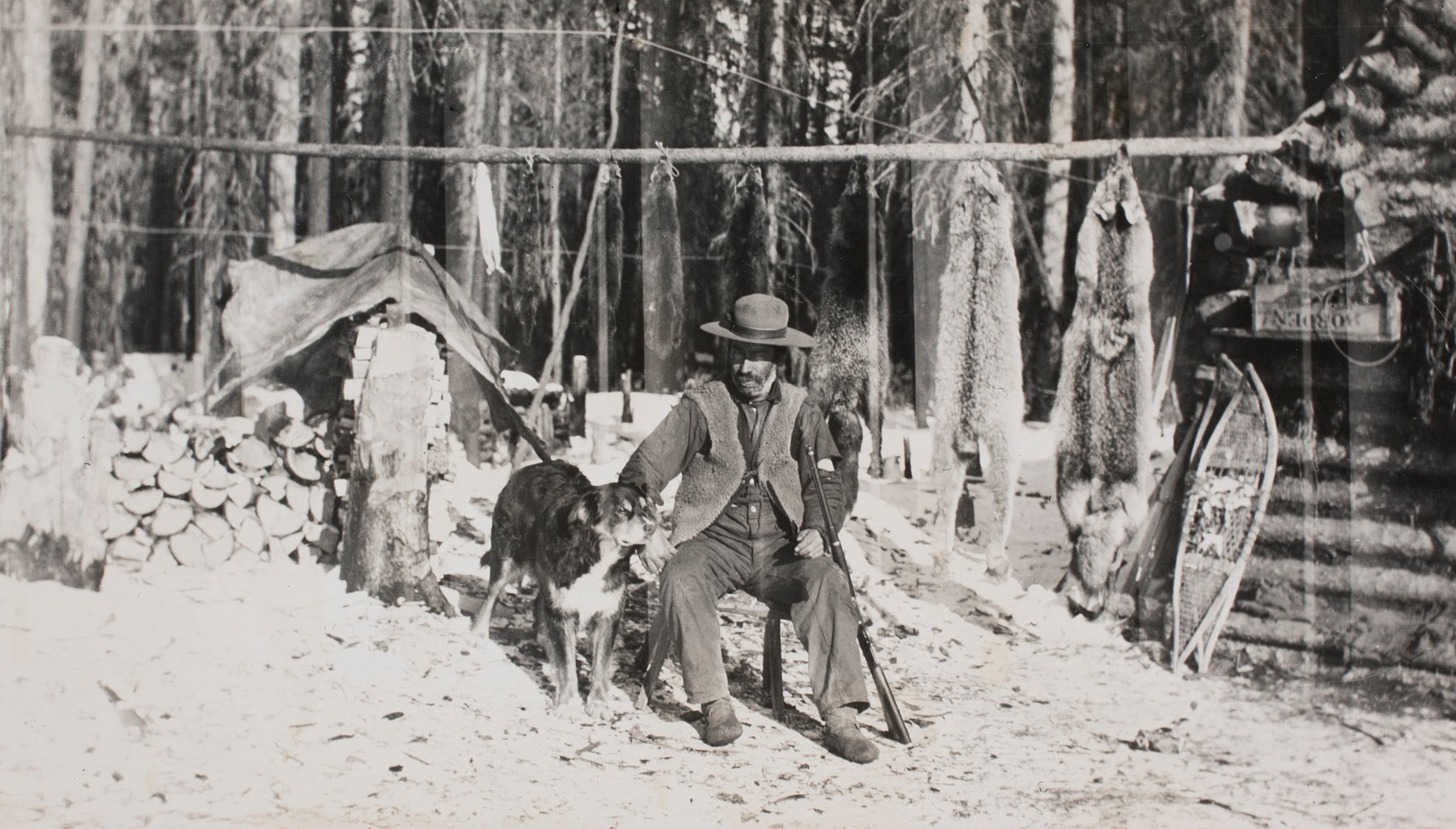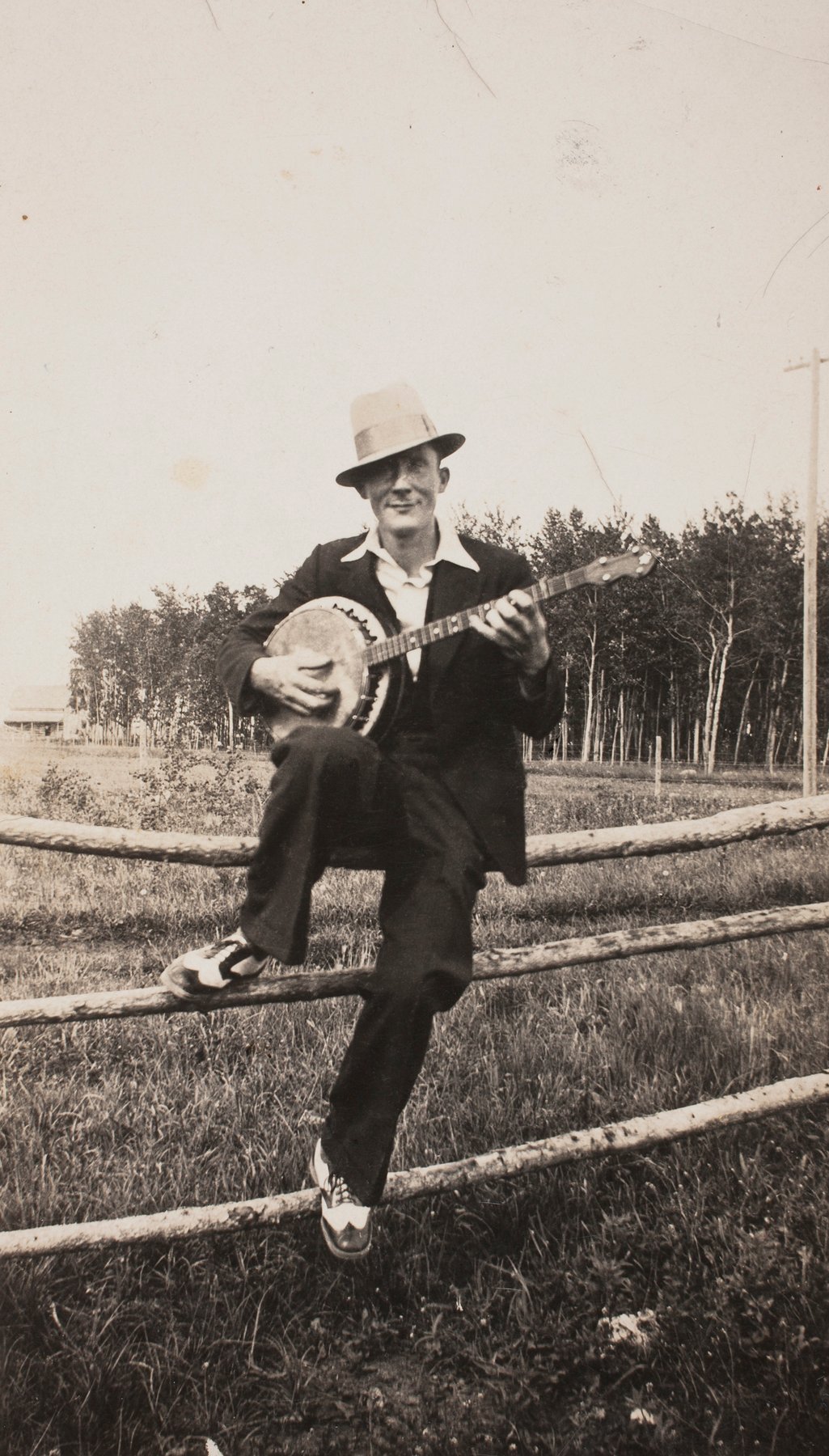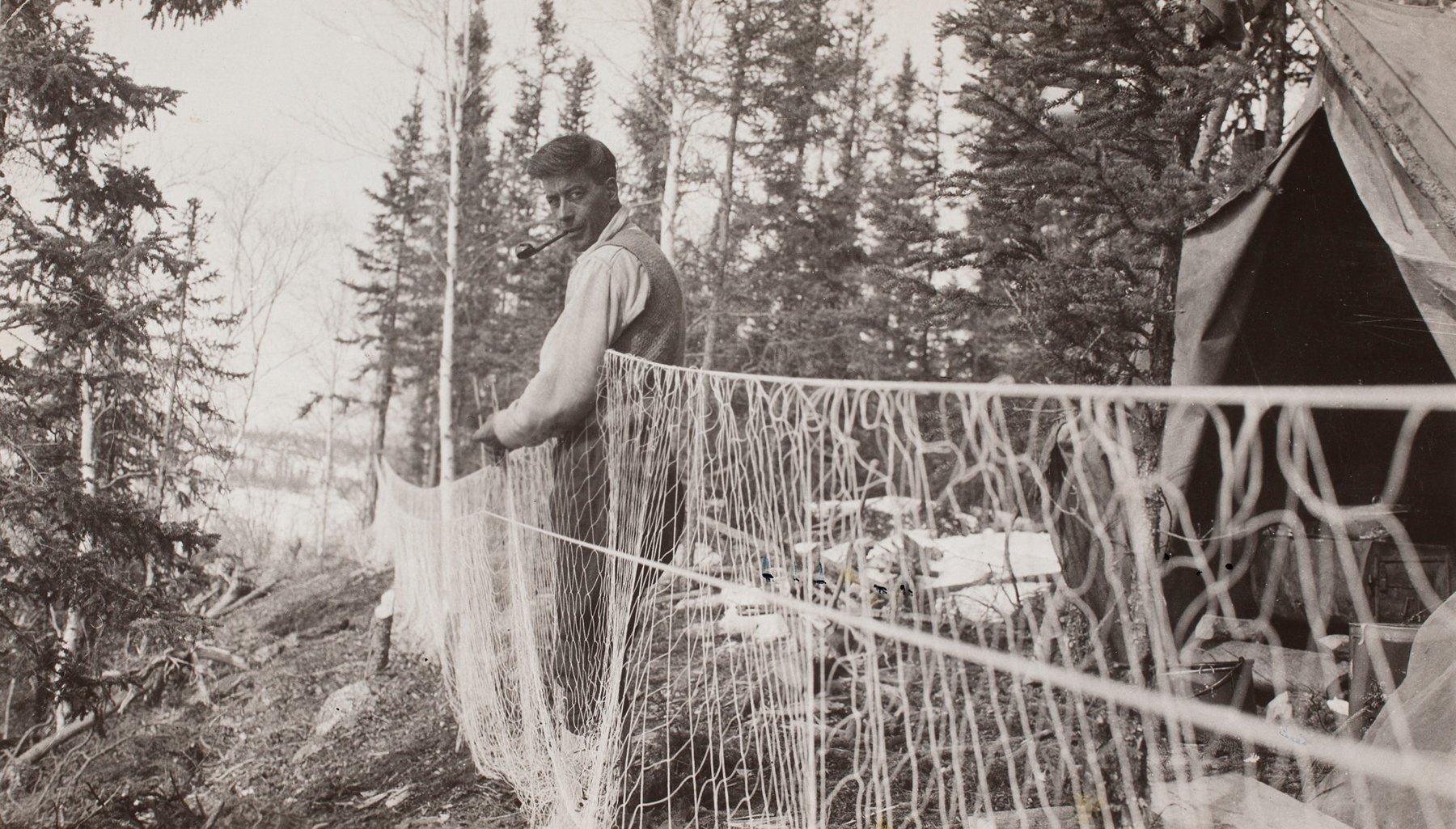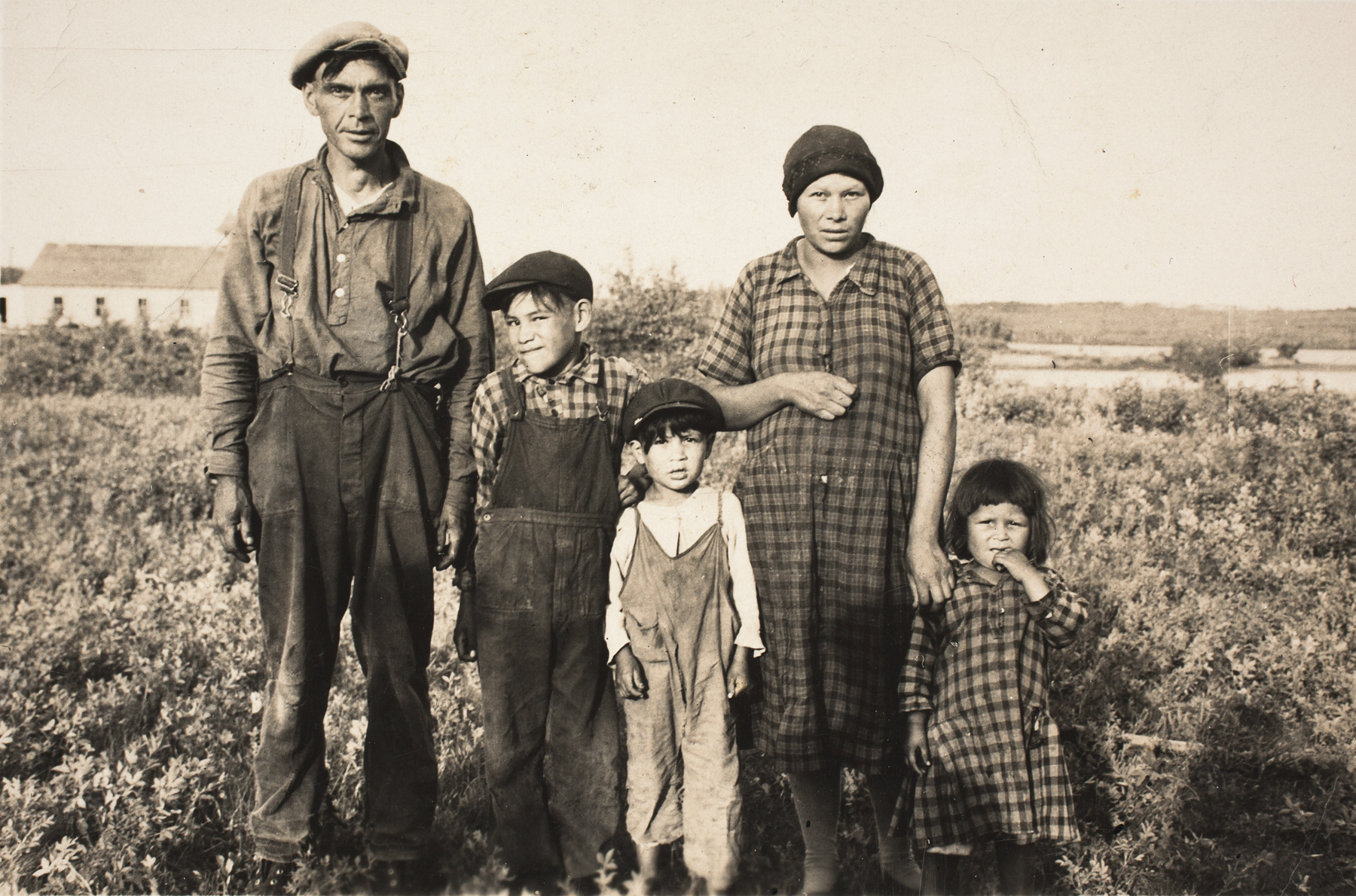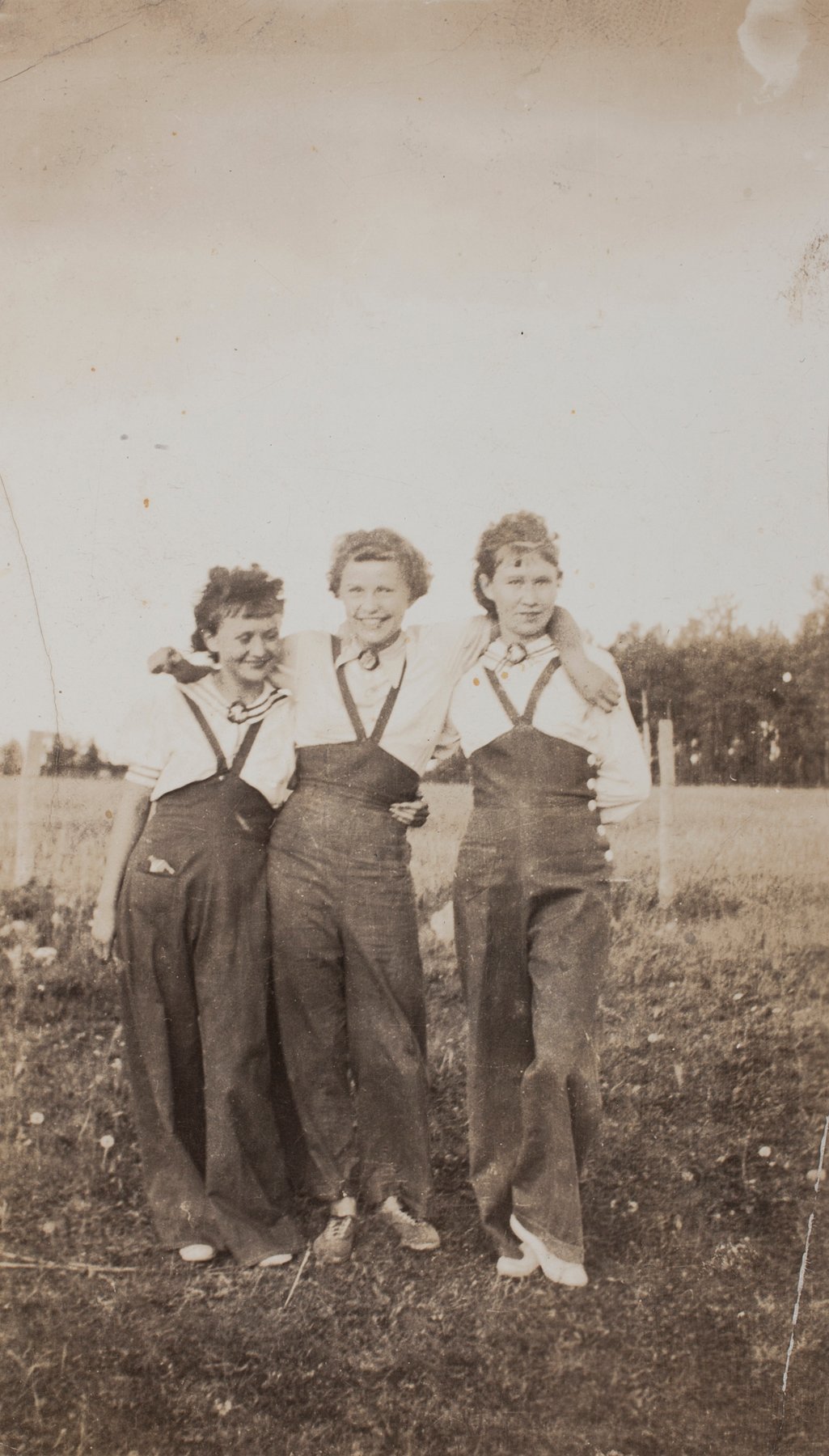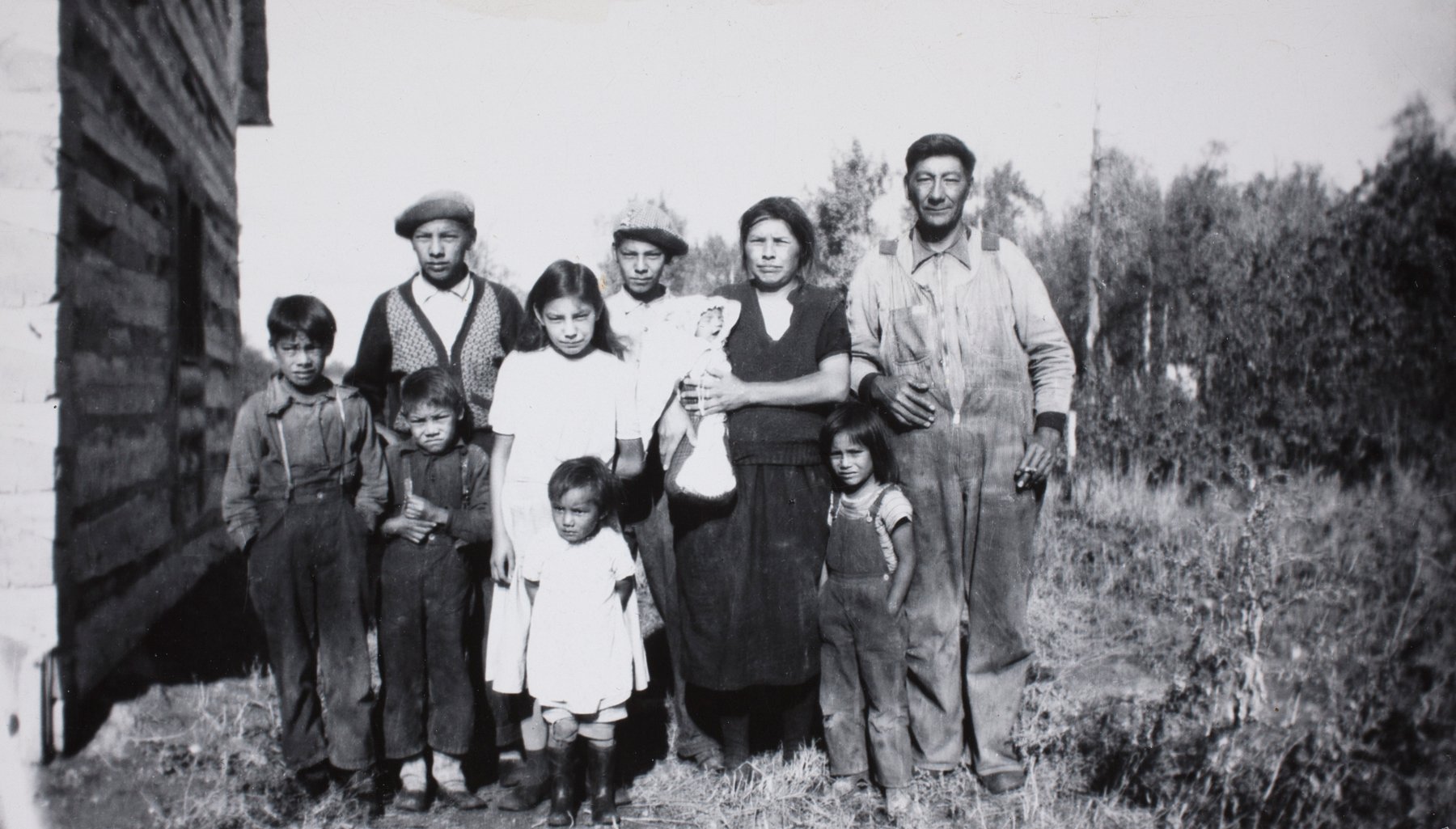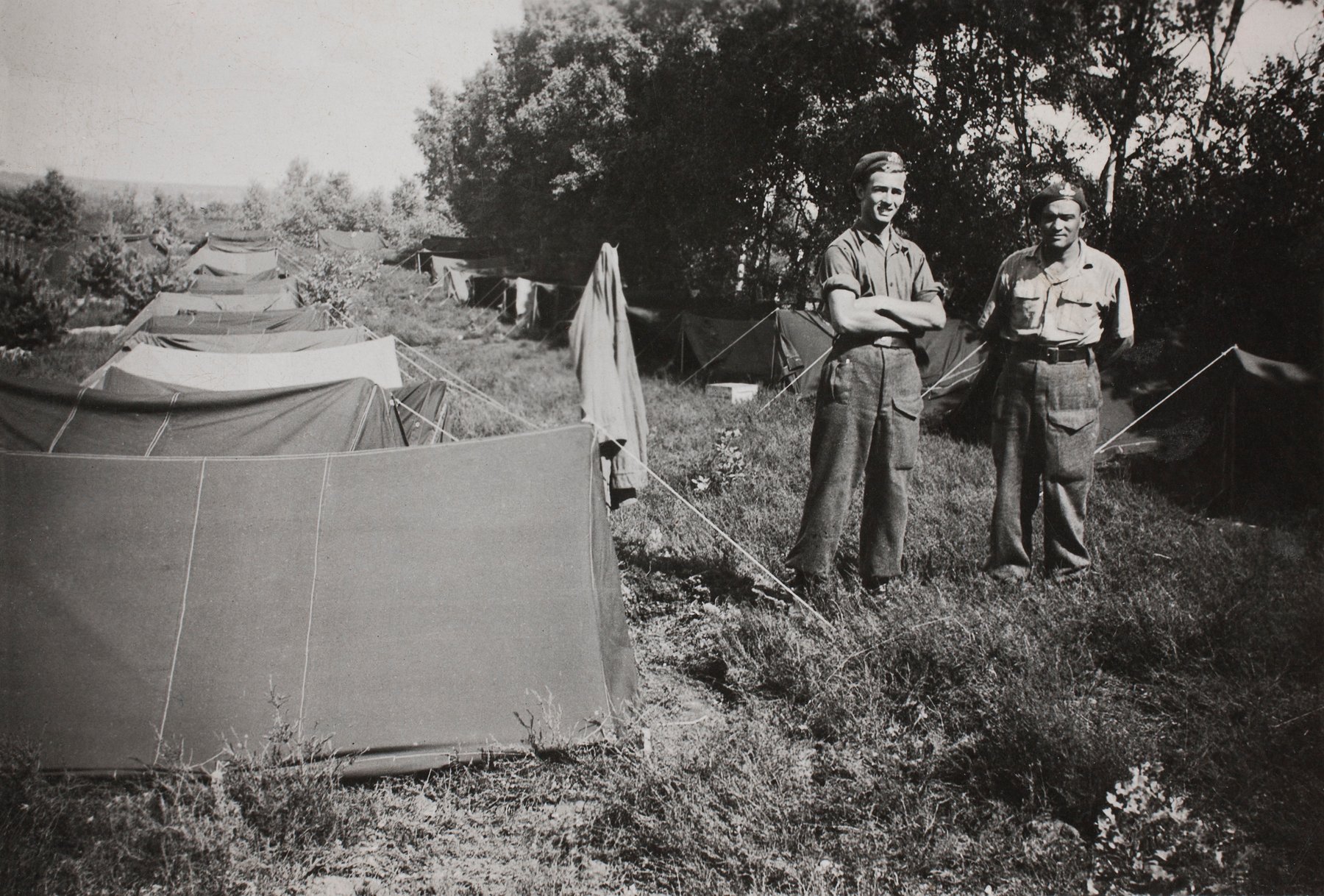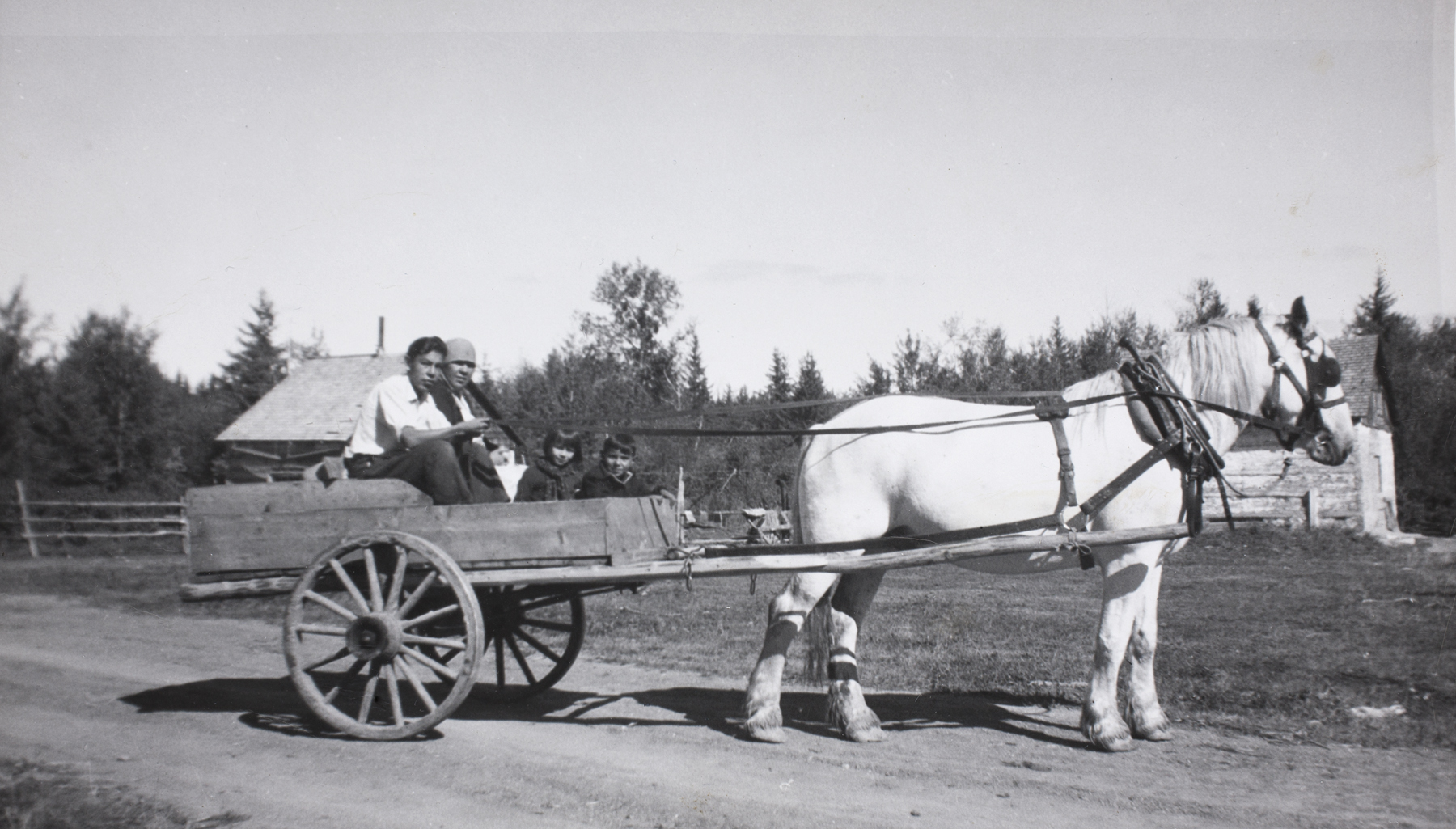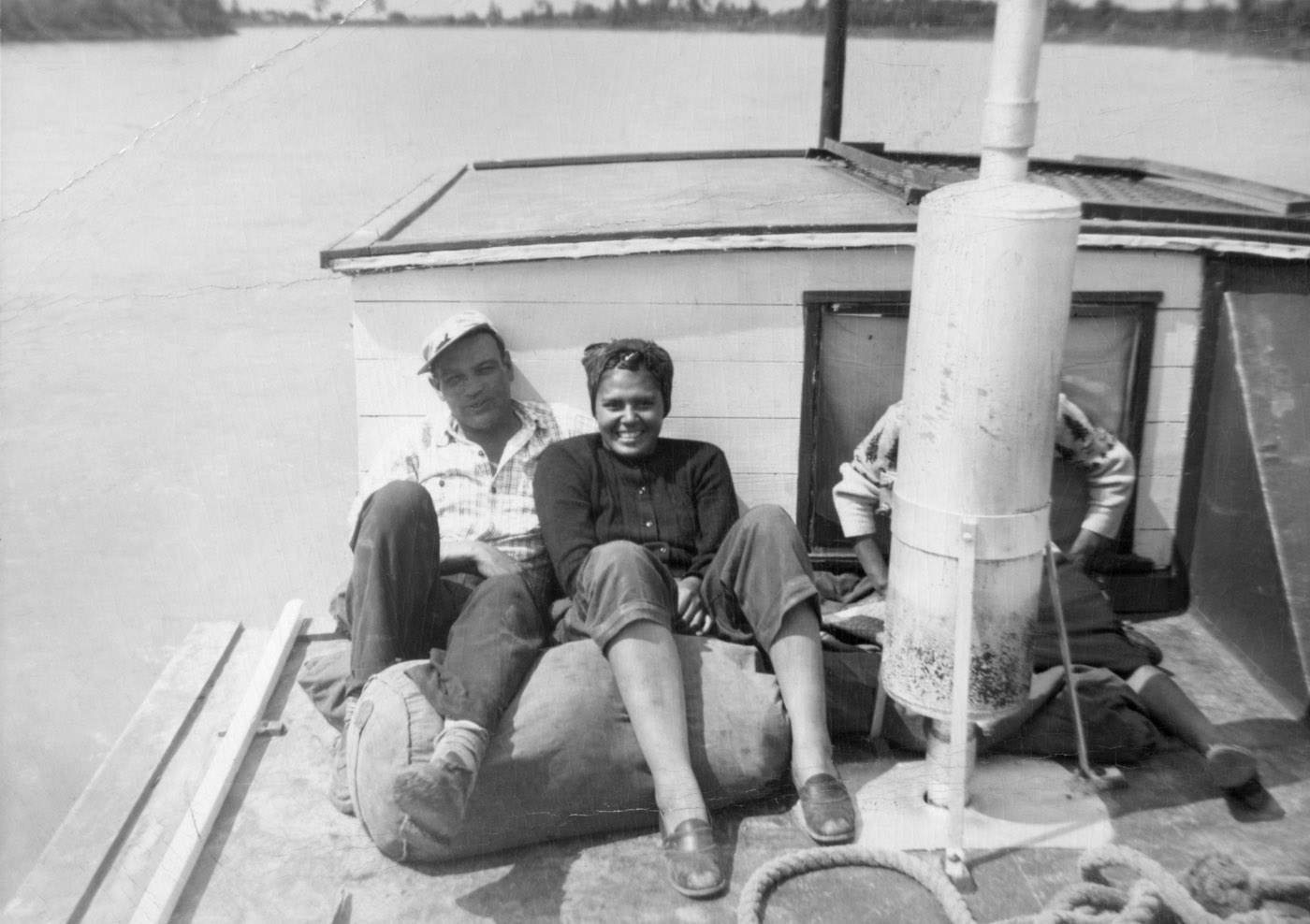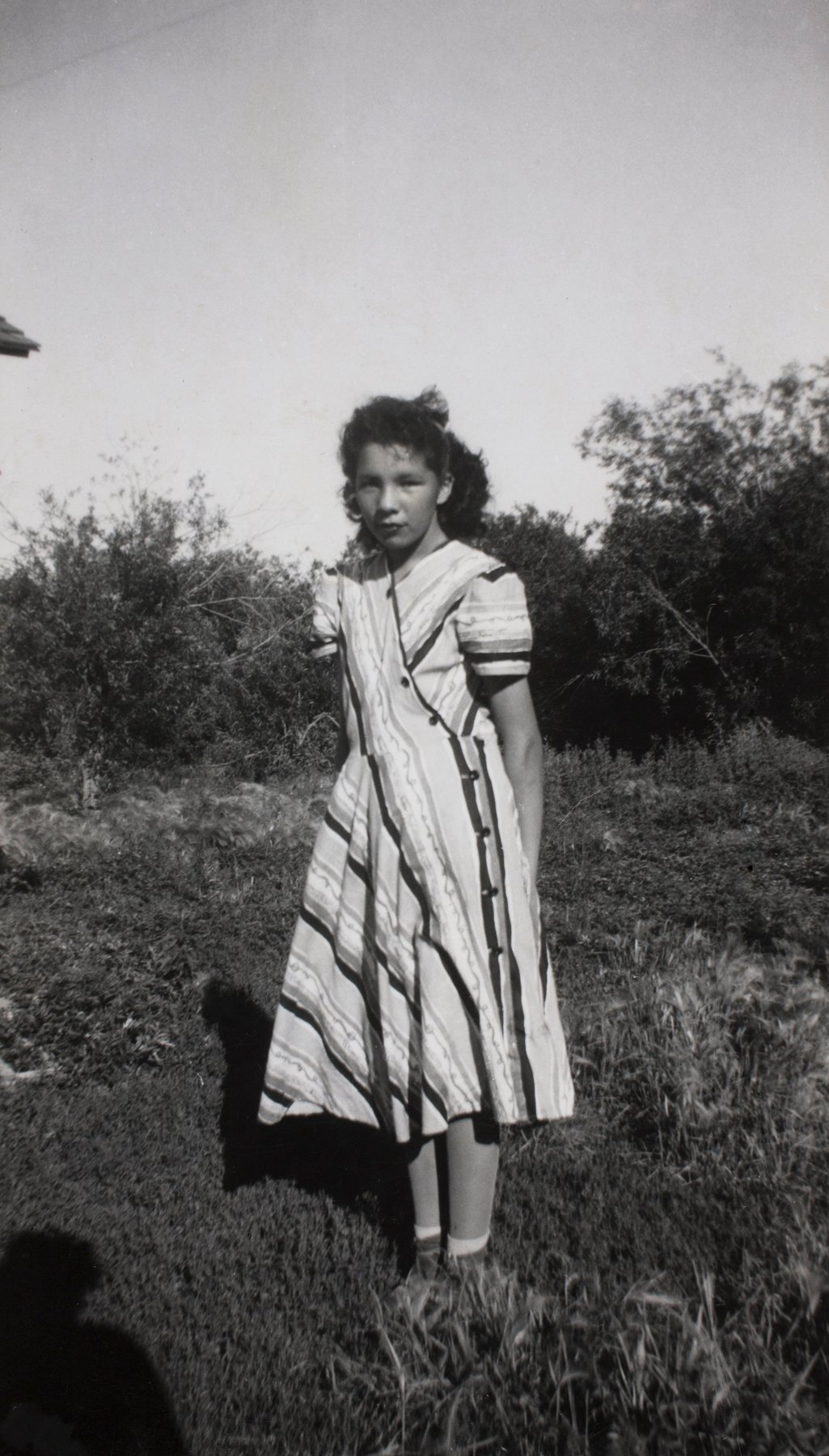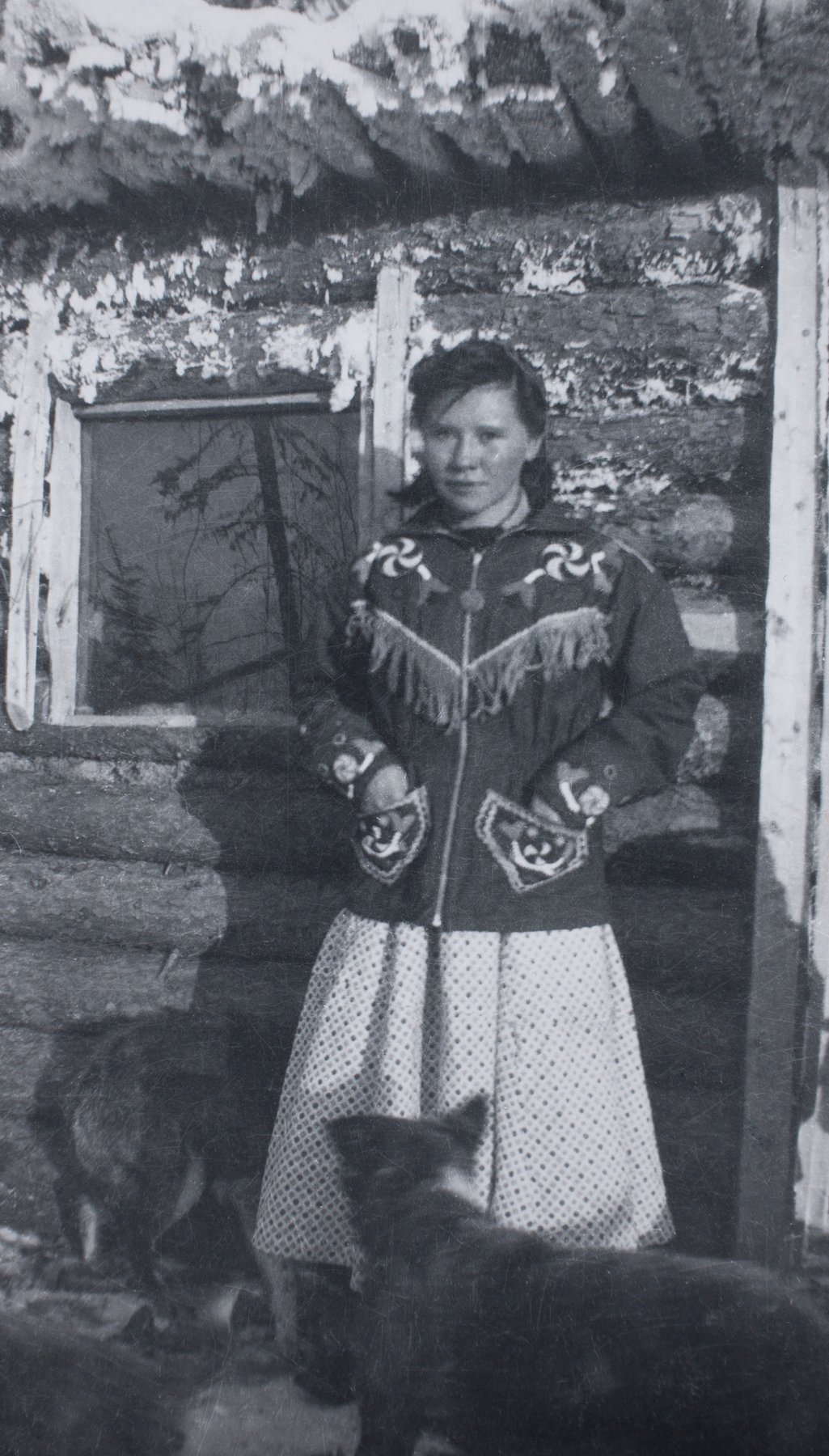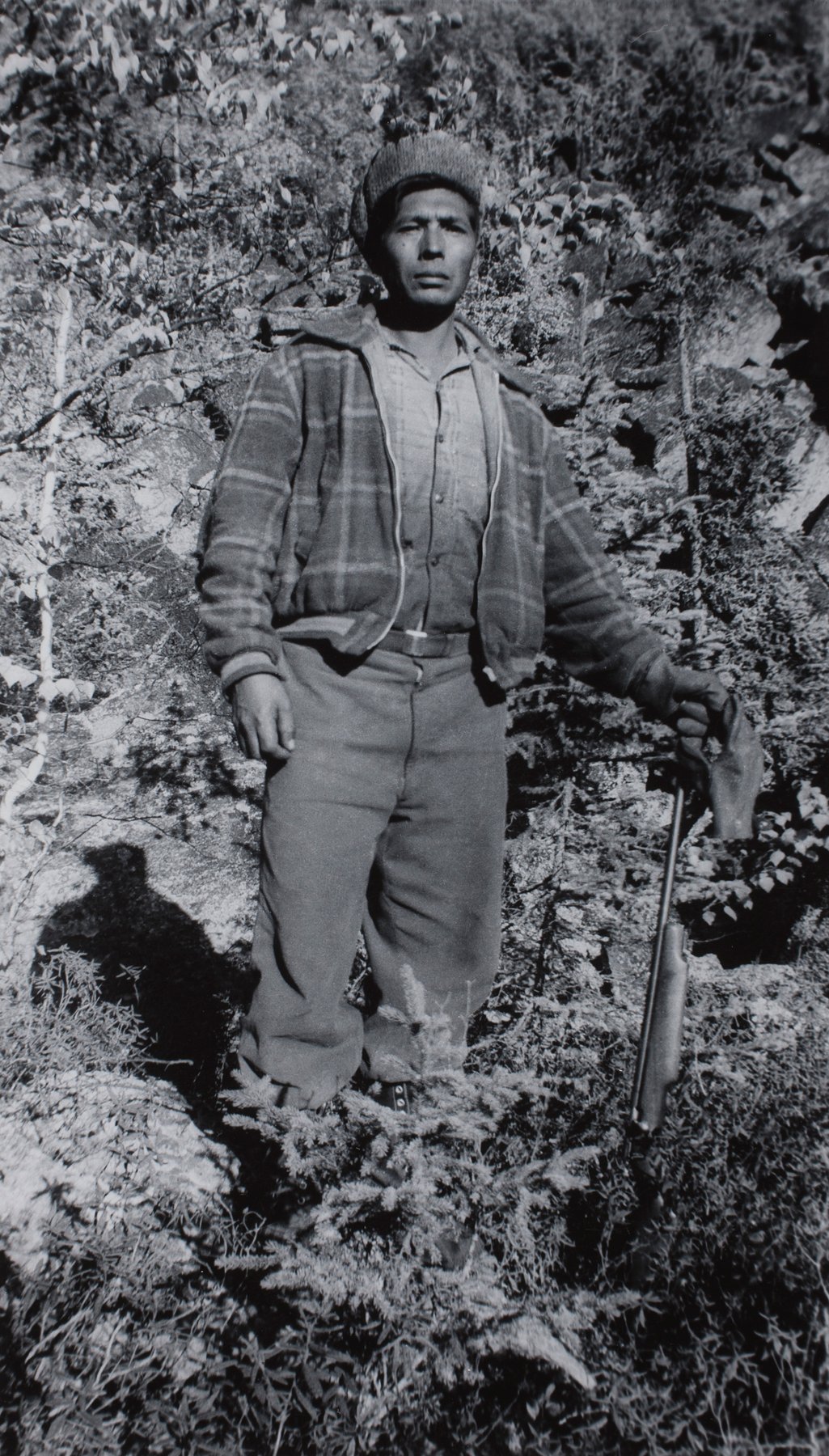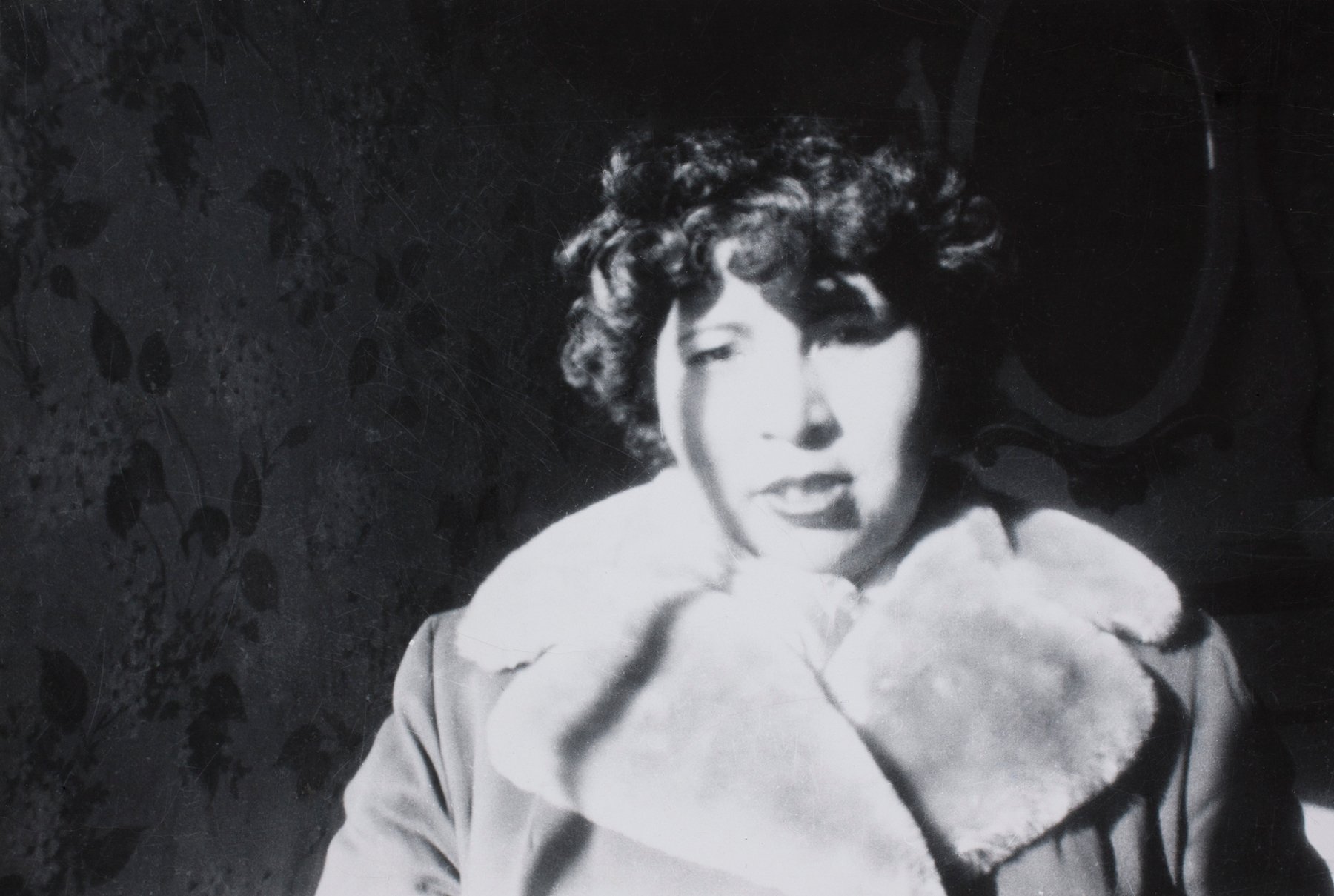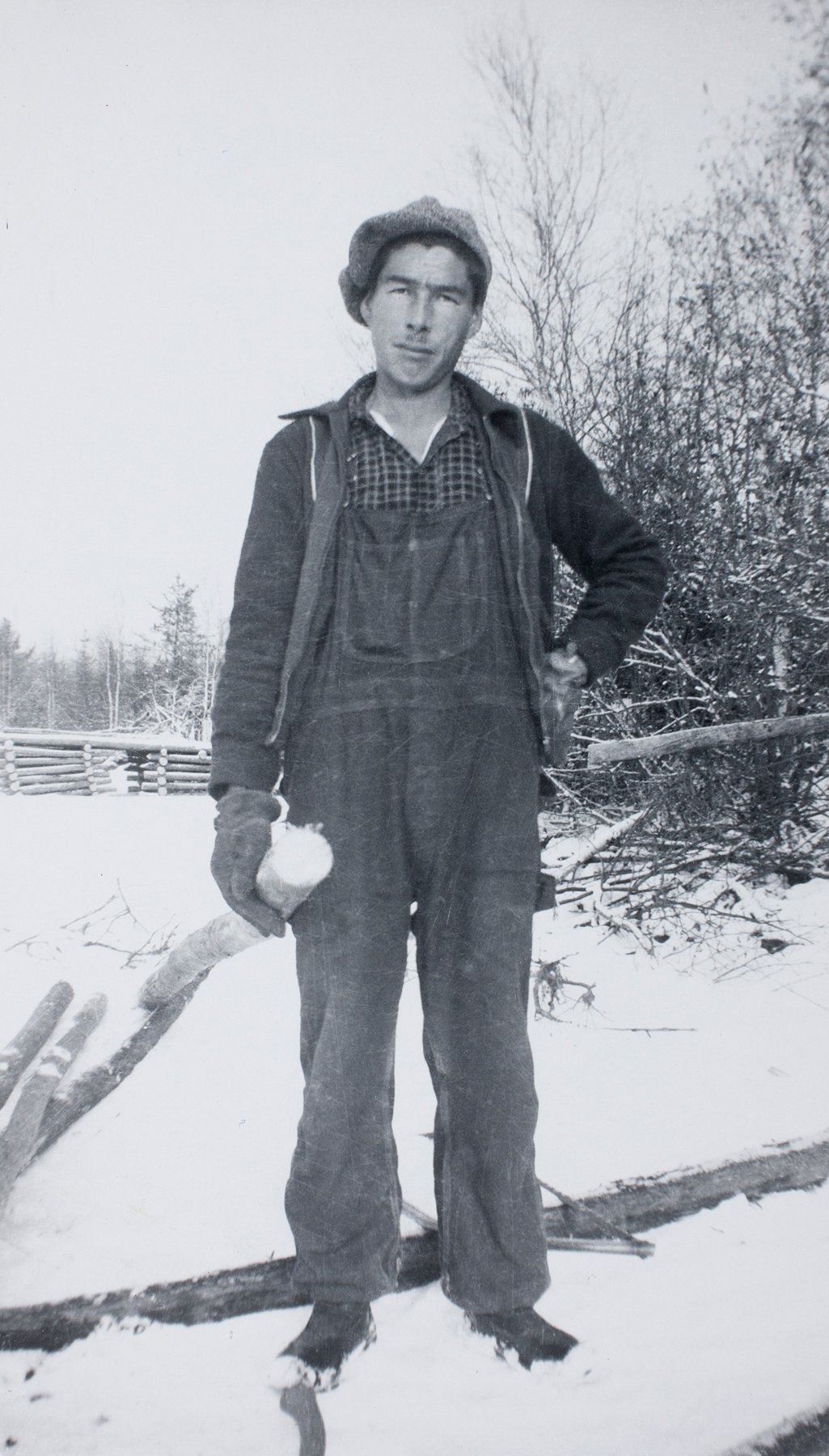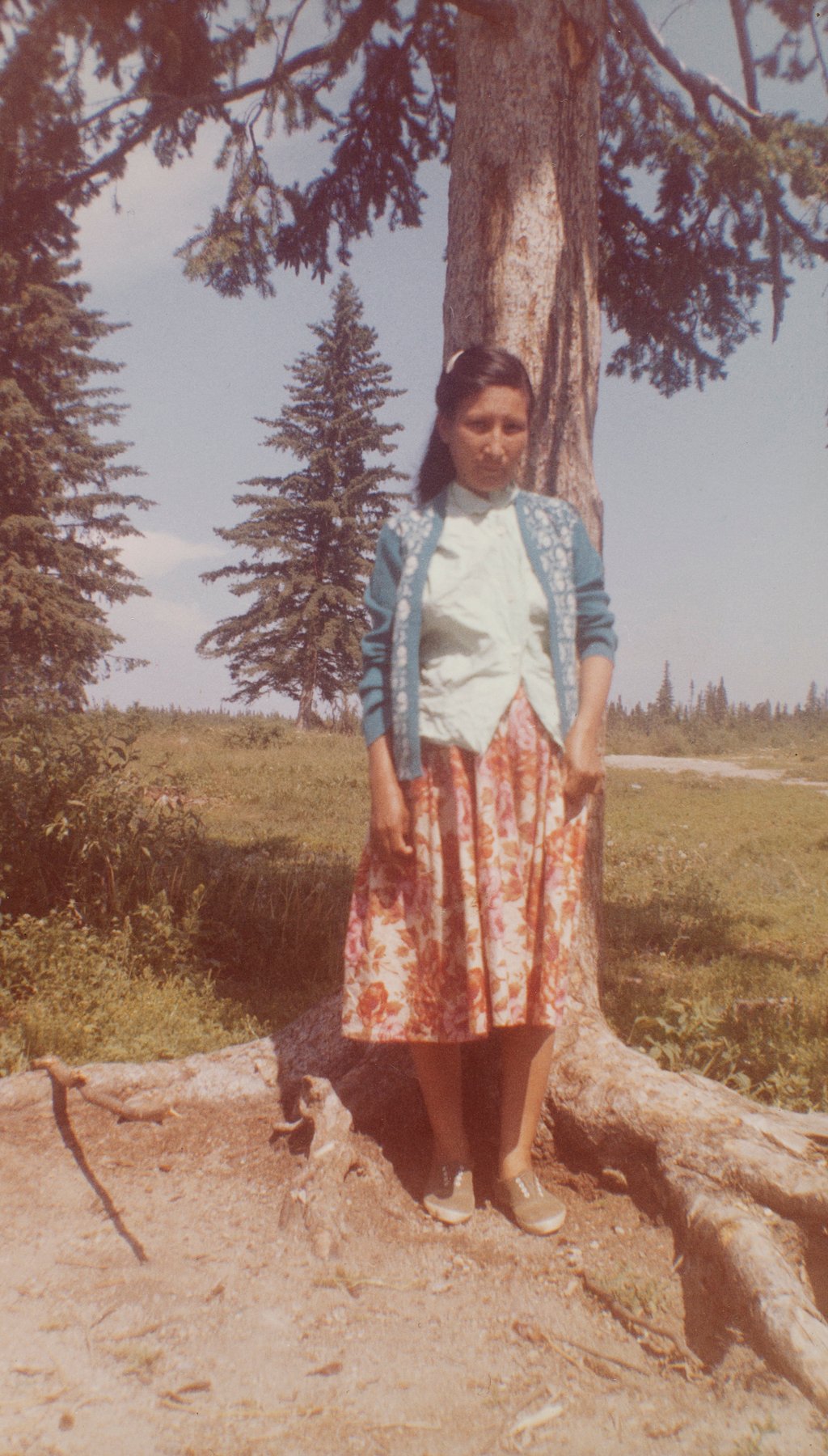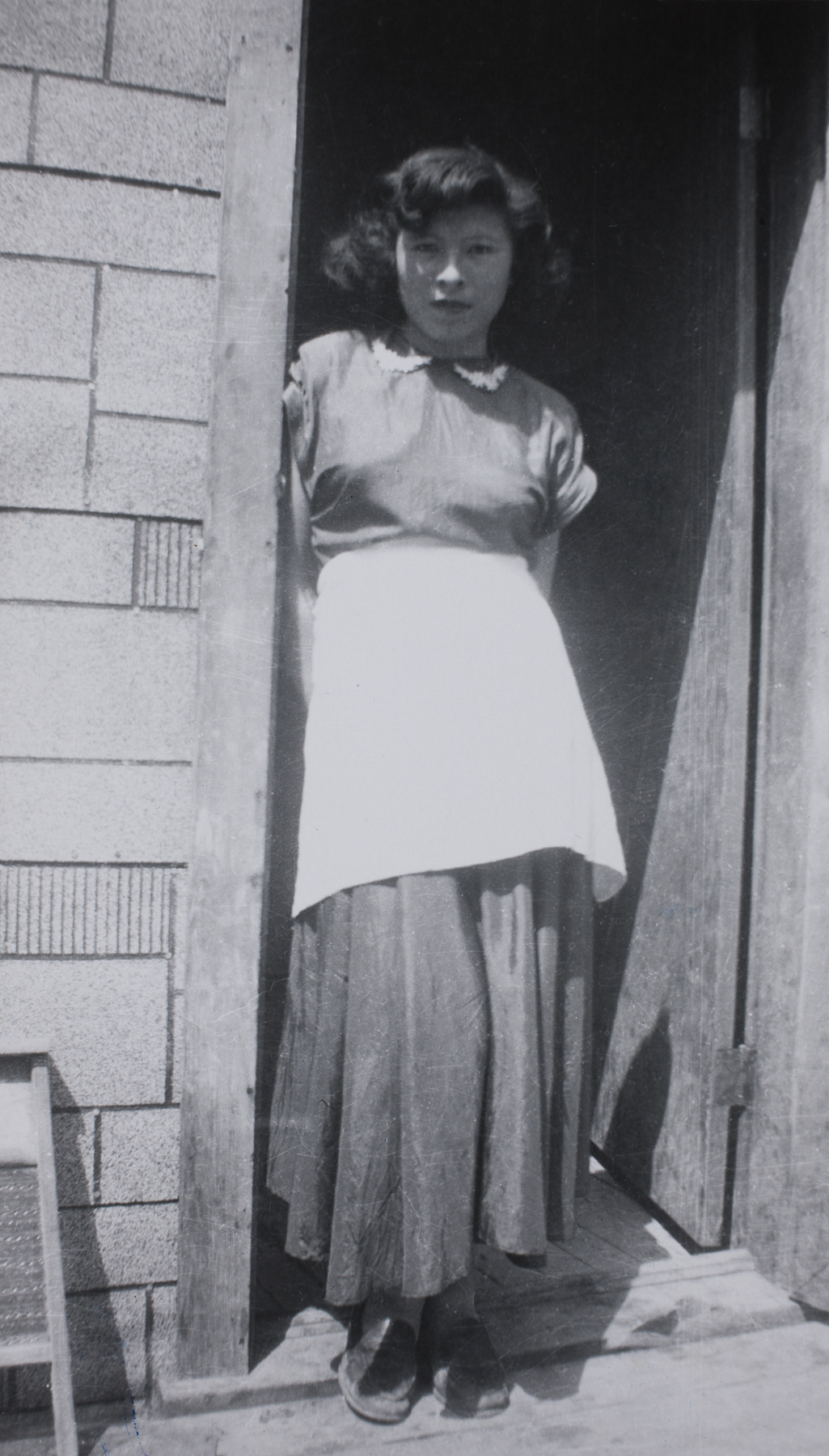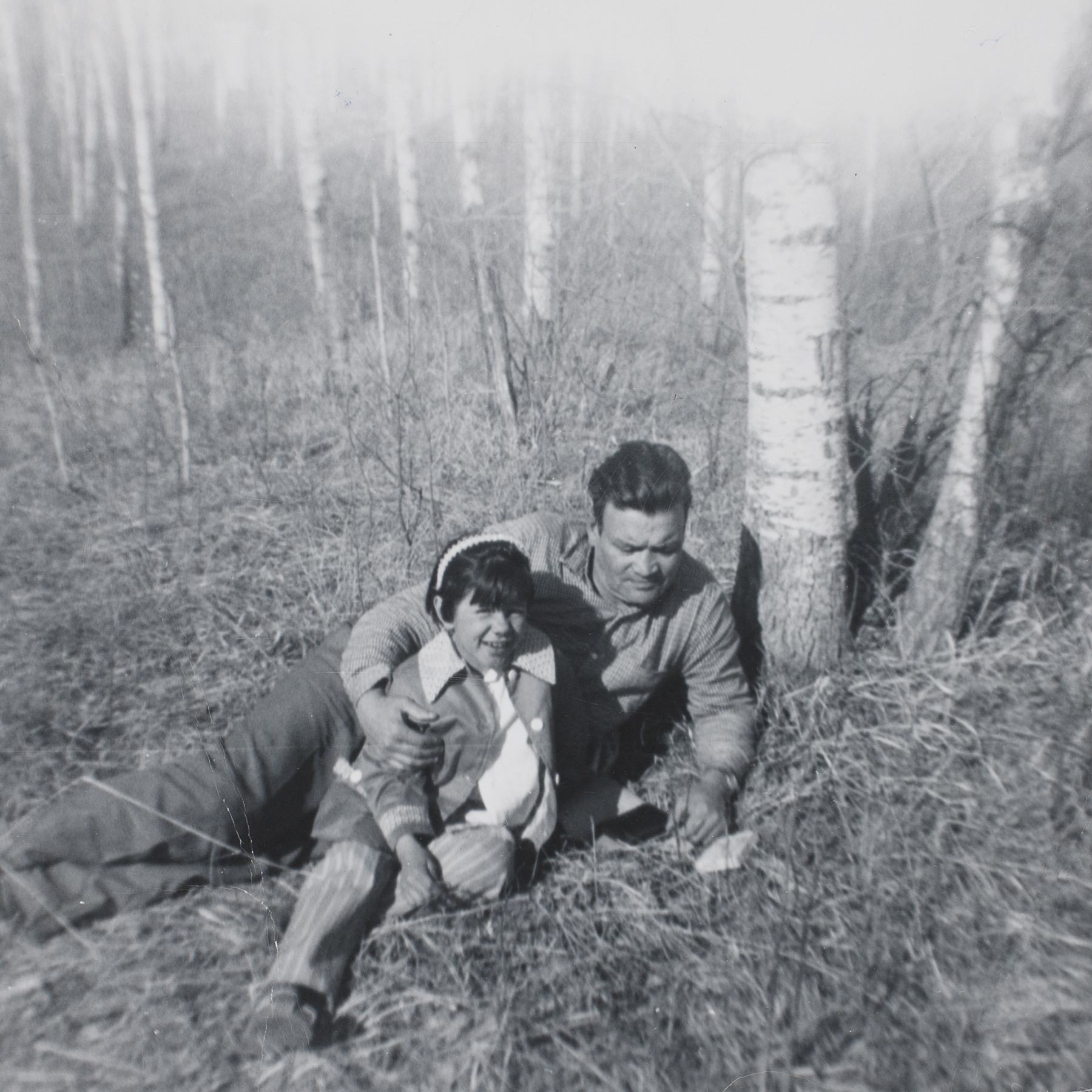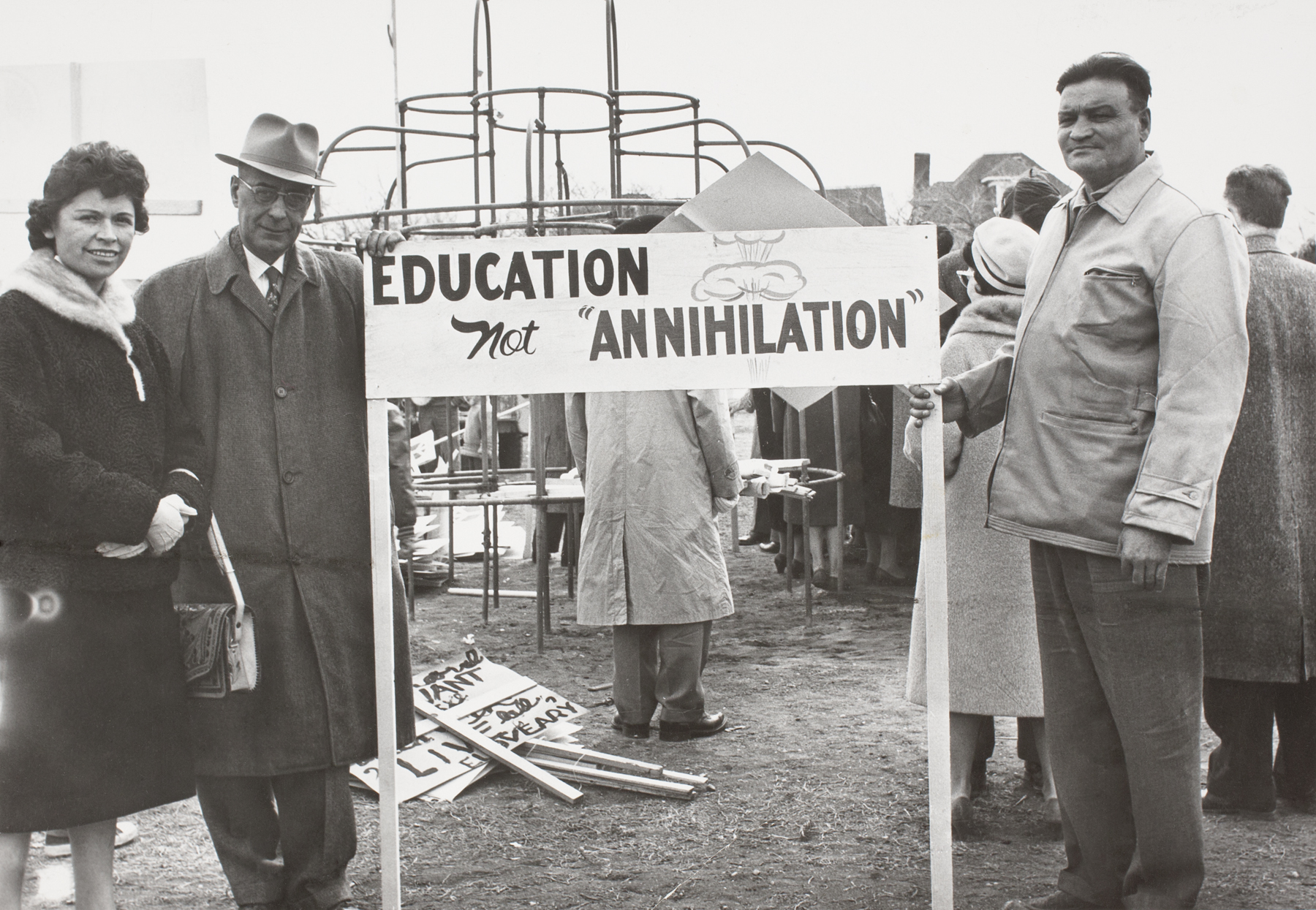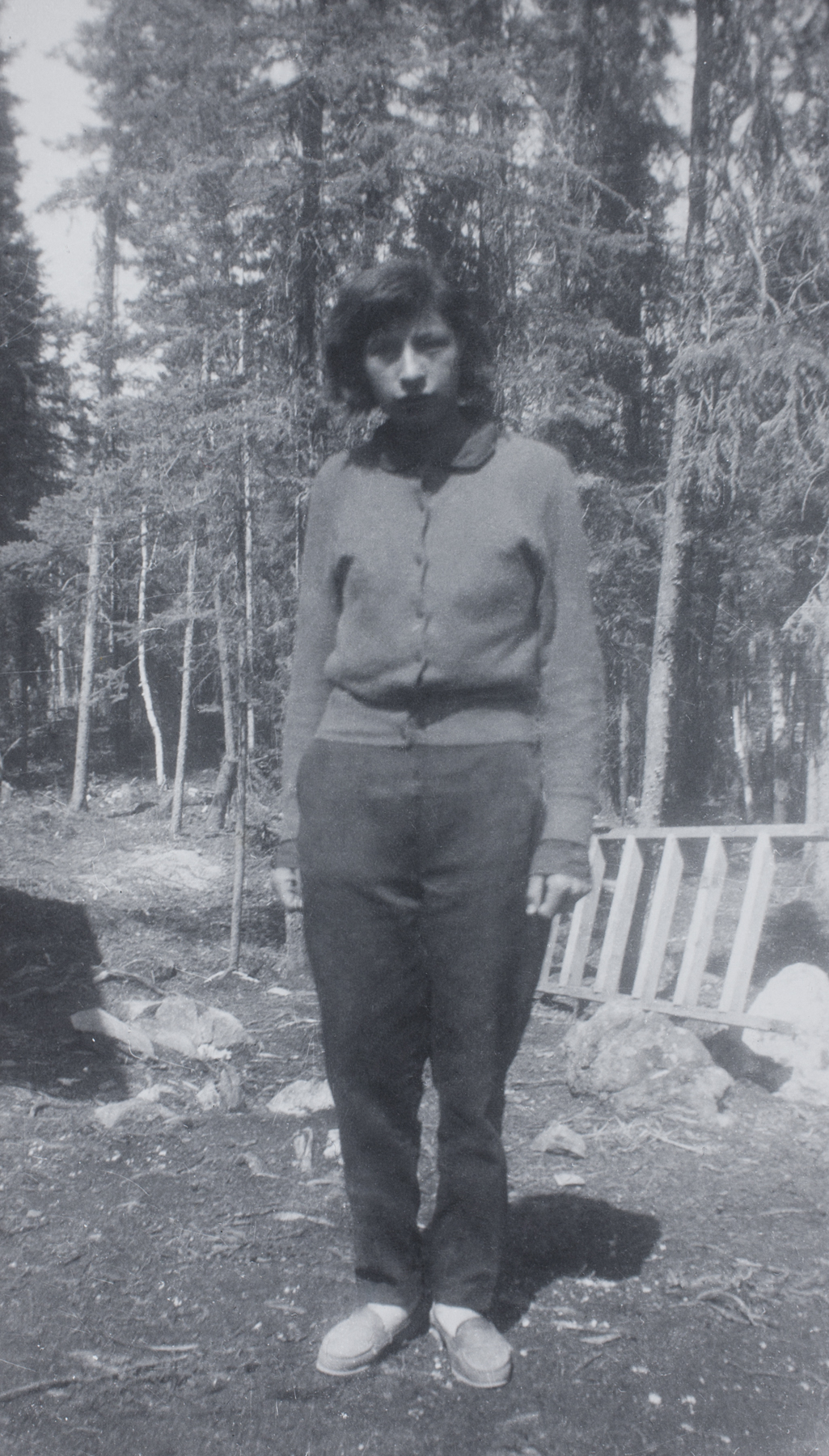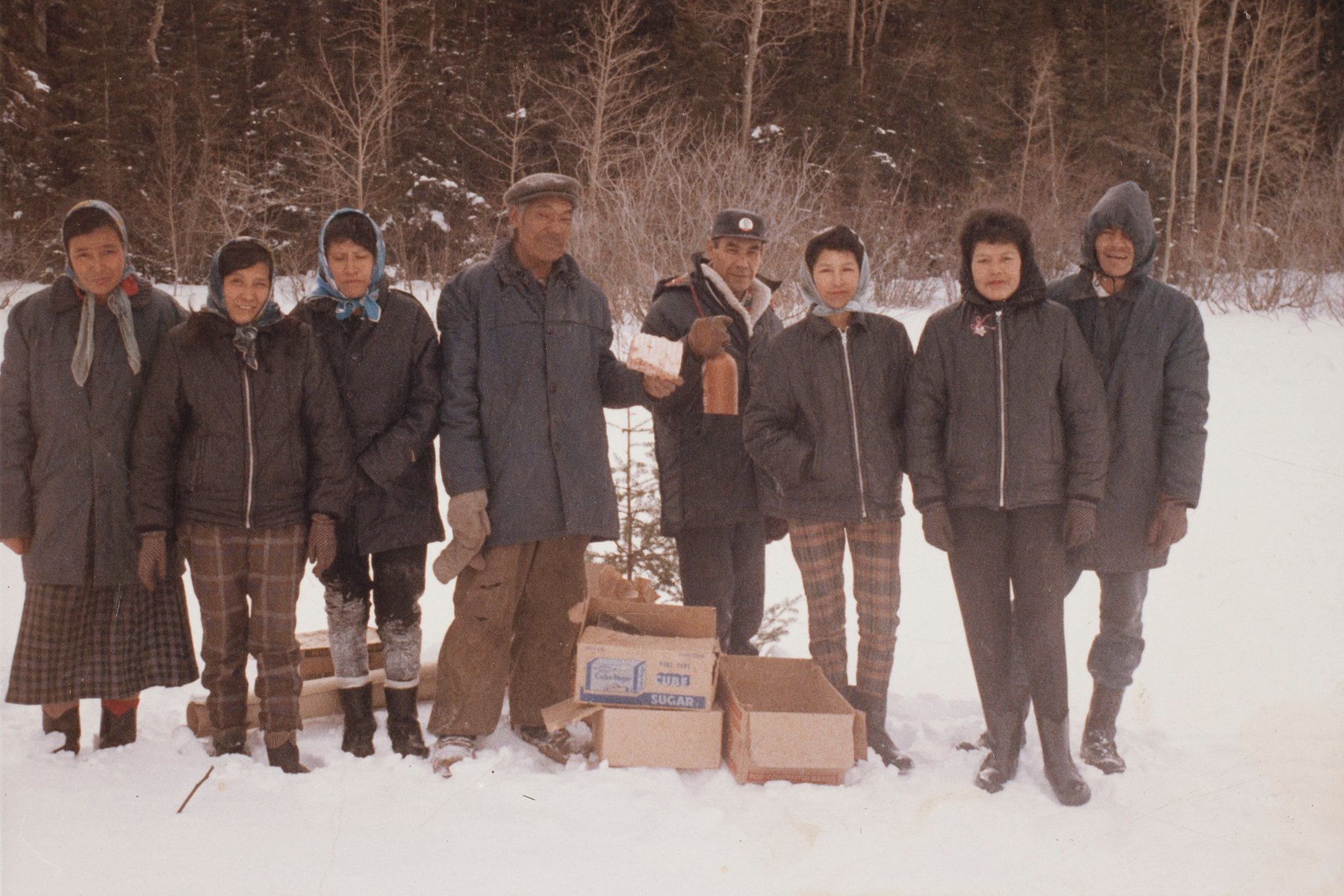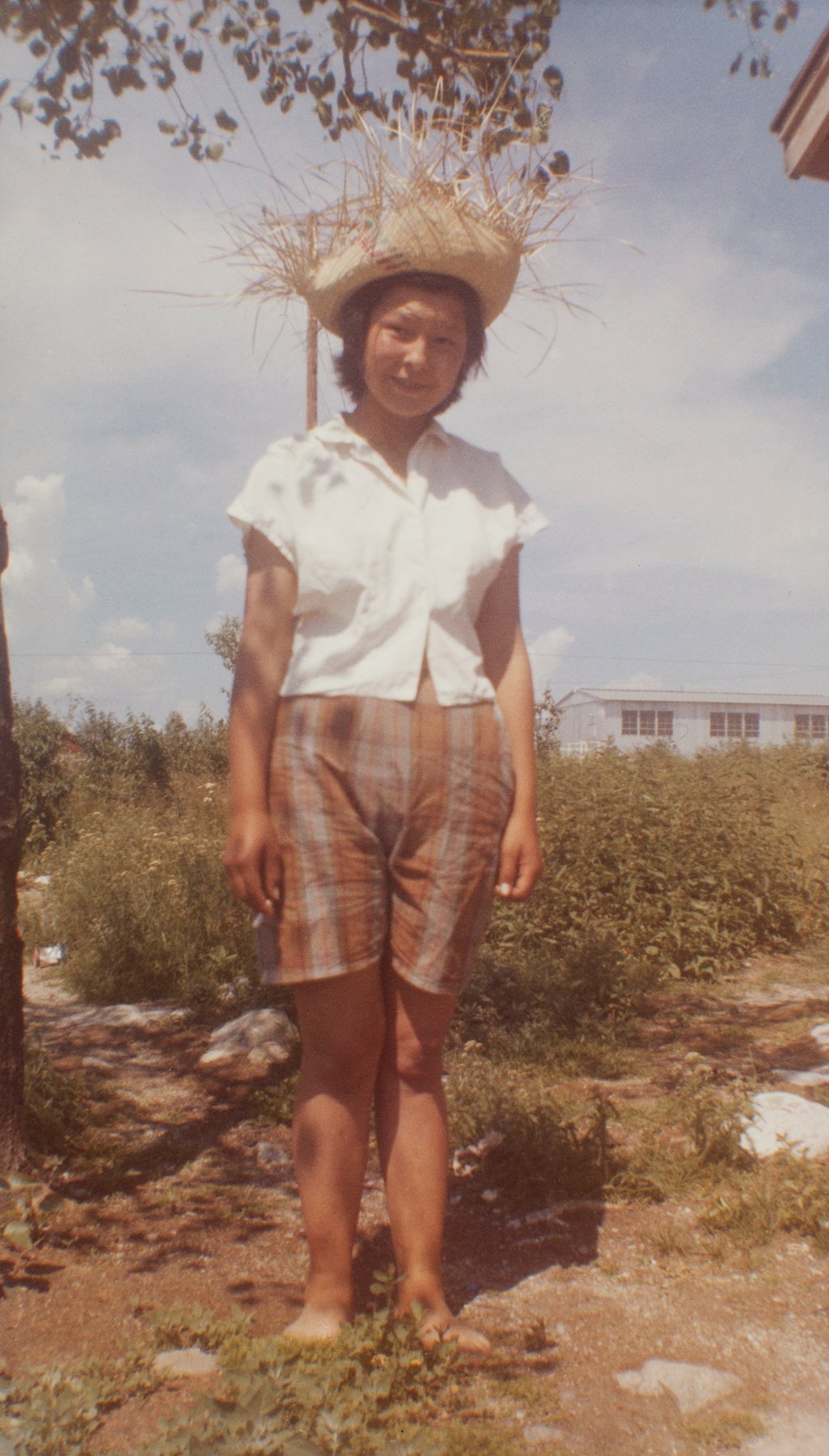March 21, 2021 was originally slated to be the opening day for the exhibition Enclosing Some Snapshots: The Photography of Métis Activist James Brady. Unfortunately, due to the global COVID-19 pandemic and a city-wide lock down in Calgary, Glenbow’s physical galleries were closed.
However, in the spirit of our Glenbow From Home initiative, we had a virtual opening. Below you’ll find a selection of images from the exhibition as well as all of the accompanying text prepared for the exhibition by curator Paul Seesequasis. We invited Paul to submit some opening remarks via the video below. And, if you’d like to “attend” an In Conversation event with Paul afterwards, just head over to this link to read his Curator Q+A interview. We hope you enjoy.
Introduction
James Brady’s life (1908-1967) is intrinsically linked to the history and politics of Métis communities in Alberta and Saskatchewan. Known primarily as a political activist, along with his life-long comrade Malcolm Norris, there was another side to Brady that is less known – his penchant for taking photographs. This is the first exhibition of these images, now in the Glenbow collections.
Covering four decades, it is questionable whether Brady ever considered these photographs to be a “record” but, intentionally or not, that is what they now are. From the Métis Settlements of Alberta in the 1930s, through the turbulent 1940s, and into the 1950s and 1960s, these images frame both individual and community Métis and Cree life in Alberta and Saskatchewan. They are also photographic evidence of Brady’s deep attachment and commitment to the dignity and rights of Métis peoples at a time of impoverishment and denial of rights by provincial and federal governments.
In selecting these photographs from hundreds, my desire is to give the viewer a grasp of the extent of Brady’s travels, his activism and his relationships, both political and personal, with the many Métis and Cree communities he visited. For the exhibition’s title, Enclosing Some Snapshots, I am indebted to Métis scholar and artist Sherry Farrell Racette who also saw the value in these images and wrote about them in a paper.
Brady was not a trained photographer, but I believe this exhibition does justice to his “eye” and his ability to convey the dignity and resilience of Métis and Cree life and people, through even the most trying of times. There is a beauty here that is reflected back to the viewer and captures Brady’s passion over the course of four decades.
— Paul Seesequasis, Curator
1930s
The 1930s were formative years for James Brady. During this decade he joined the new Métis Association of Alberta along with fellow political leader and activist, Malcolm Norris, which began a lifelong friendship and commitment to socialist politics. Brady was fully immersed in organizing and advocating for the Métis Settlements in Alberta – an activity in which he quickly learned of the duplicity and disregard by various levels of government toward the rights of the Métis. Brady’s photos of this period reflect this political activity as well as family gatherings, even parties…
1940s
As was his wont, Brady wore many hats during this decade: unpaid community organizer, paid supervisor, negotiator and, finally, soldier. The 1940s also saw Brady move to northern Saskatchewan (along with Malcom Norris), and was a period in which he travelled to many communities. By now Brady’s name was well known in the Métis and Cree communities he visited. In 1943 Brady joined the army, after initially being denied due to his Communist affiliations. He served in Holland where he was injured twice.
1950s
After the Second World War, Brady was briefly in Alberta before moving back to northern Saskatchewan. He took on various supervisory jobs, working with the Co-operative Commonwealth Federation (CCF) government and, no doubt, his cynicism toward the provincial and federal governments increased greatly. Always a bush man, Brady also began to spend more time in the woods, often as a prospector and surveying guide. While his idealism was wavering, his photographic eye become more focused; it is in this decade and the 1960s that his skills with the camera and the art of portraiture matured.
1960s
Brady was a fixture in communities like Cumberland House and La Ronge, Saskatchewan. His reputation, on several levels, had become almost legendary in “ndn country*.” It was also at this time that his “snapshots” can be regarded as framing community history such as candid portraiture of the women and men of settlements like Cumberland House. These images are a lasting photographic testament to Métis and Cree dignity and resilience that persisted, despite decades of impoverishment and bankrupt government policies. In 1967, Brady, along with his friend Absolum Halkett, disappeared in the Foster Lake region of Saskatchewan. They were never found.
*“NDN” is self-referential slang widely used and understood in Indigenous communities; the term is a declaration of pride and solidarity with other Indigenous people.
